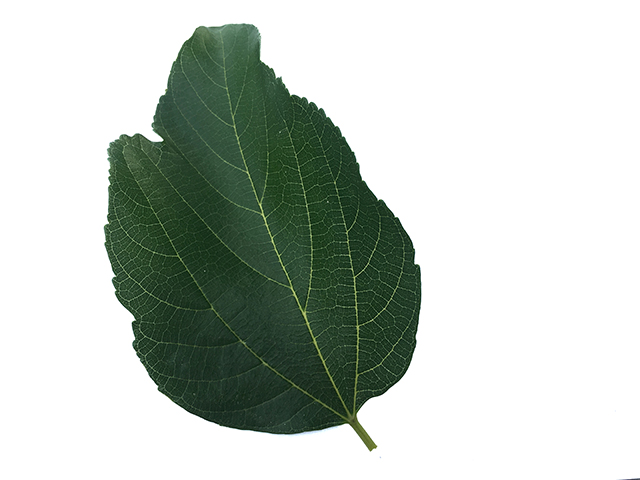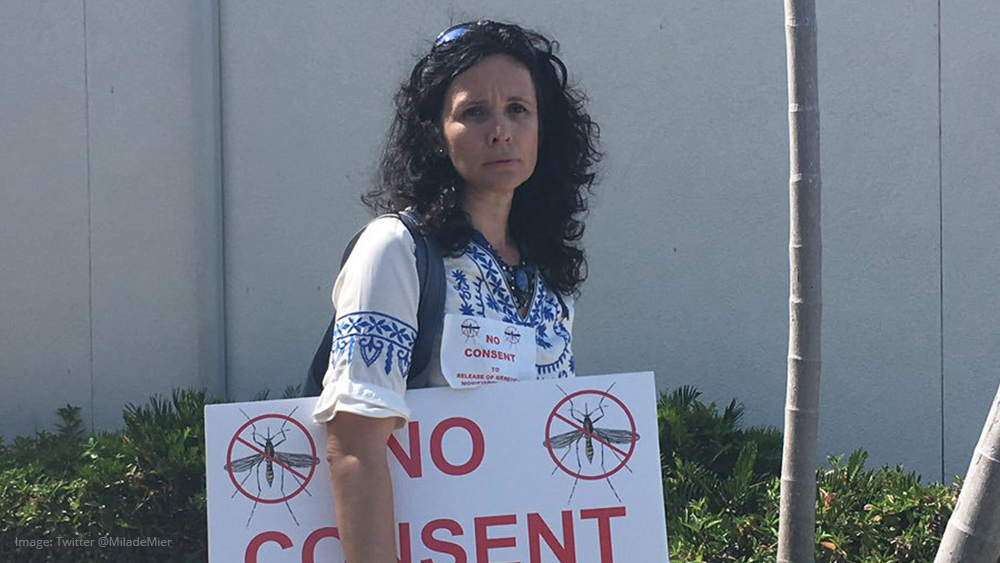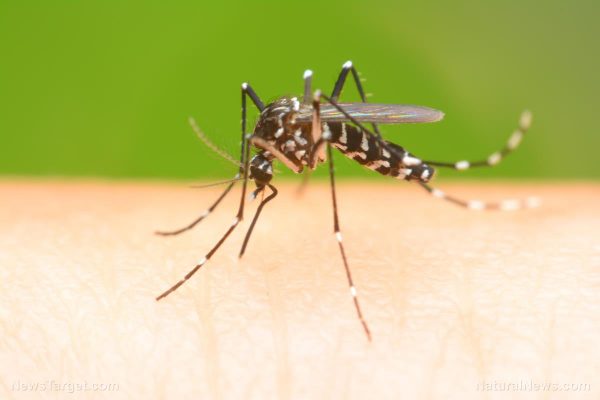05/04/2017 / By Earl Garcia
A recent report by Today.com showed that the average American home collects as much as 40 pounds of dust annually. According to the report, dust is home to microscopic organisms called dust mites, which reproduce fast and pose a threat to the general public’s health. The Asthma and Allergy Foundation of America (AAFA) cautioned that dust mites may particularly be hazardous to people with allergies and asthma, as these minute organisms may trigger adverse reactions to patients.
According to the organization, dust mites measure only about one-quarter to one-third of a millimeter, which makes them too small for the naked eye to see. There are at least 13 species of these minute organisms. The AAFA also noted that dust mites prefer temperatures between 20 to 25 degrees Celsius. The microscopic arthropods were also shown to prefer humidity levels of up to 70 to 80 percent. Dust mites primarily feed on tiny flakes of human skin that people regularly shed on various household items such as furniture, carpets, bedding, and toys.
Both the body parts and waste materials of dust mites trigger allergic reaction in humans. According to the AAFA, symptoms of dust mite allergy include sneezing, runny nose, red, watery eyes, and postnasal drip. The association also noted that symptoms of dust mite-induced asthma include chest pain, wheezing, and difficulty in breathing. Taking antihistamines, nasal corticosteroids, and decongestants may help counter the effects of dust mite allergy, the AAFA stated.
Household dust may also contain toxic chemicals
Aside from dust mites, the report also cautioned that household dust may contain toxic chemicals that were previously associated with a plethora of adverse medical conditions. The report cited a study published last year, which identified more than 45 toxic chemicals found in household dust. As part of the study, a team of researchers at the George Washington University School of Public Health analyzed various studies and found that most dust samples examined contained the same types of chemicals such as flame retardants, pthalates, and phenol. According to the study, 92 percent to 100 percent of dust samples contained traces of flame retardants, while nearly all dust samples contained traces of pthalates and phenol. (Related: Find out more about these hazardous chemicals at Toxins.news)
A recent study showed that flame retardants were linked to increased odds of developing thyroid cancer. According to the study, people with high exposure to flame retardant-containing dust were twice as likely to develop thyroid cancer than those with lower exposure. The findings were presented at the annual meeting of the Endocrine Society in Orlando, Florida.
The Endocrine Society has also issued a Scientific Statement indicating that pthalates, commonly found in dust mites, were associated with the rising diabetes and obesity rates in the U.S. According to the statement, pthalates were especially harmful to unborn children. The organization also cited that pthalates were tied to increased odds of developing neurodevelopmental issues, thyroid disorders and certain types of cancer.
Get rid of dust with these easy tips
With the health risks associated with dust exposure, it might prove beneficial to take note of the following tips in clearing the house of dust.
- Toys – According to healthy home expert Lisa Beres, toys harbor a great deal of dust. Putting toys in the freezer for 24 hours may help kill dust mites.
- Air vents – Air vents are another source of excessive dust. Clear the vents using a vacuum cleaner, Beres suggested.
- Mattresses and pillows – Beres noted that mattresses and pillows are staples for dust collection. The expert recommended using an allergen barrier to cover pillows and mattresses.
- Air purifiers – According to Beres, air purifiers cleared the air of dust and allergens. This makes it easier to breath and sleep.
Sources include:
Today.com
AAFA.org
UPI.com
EndocrineNews.Endocrine.org





















